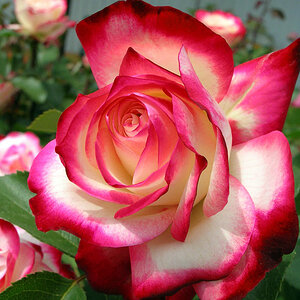VidThreeNorth
No longer a newbie, moving up!
- Joined
- Oct 21, 2016
- Messages
- 1,176
- Reaction score
- 214
- Can others edit my Photos
- Photos NOT OK to edit
To start this topic I have posted my first video recorded on my Canon "R70" at:
"20180826 Isshin Daiko Japan Festival 2018 Mississauga"
The video was taken with a monopod, using 30 fps, the "Sports" mode and Power stabilization ON. Exposure was EV = +1.0, which was about a half stop under exposed. Exposure was corrected in post. No other changes were made in either the video or the audio.
Post processing used "Magix Movie Edit Pro 2016" on my ASUS M32BF_K30BF, AMD A8-6500 APU, Windows 8.1 system.
[2018-11-28]
One thing I did not mention is that this clip has the best sound that I have recorded on the Canon R70. It is significantly better than the previous clip. It used the built in microphone, but because it was outdoors, there is no indoor reverb. The drum sounds were very clear.
"20180826 Isshin Daiko Japan Festival 2018 Mississauga"
The video was taken with a monopod, using 30 fps, the "Sports" mode and Power stabilization ON. Exposure was EV = +1.0, which was about a half stop under exposed. Exposure was corrected in post. No other changes were made in either the video or the audio.
Post processing used "Magix Movie Edit Pro 2016" on my ASUS M32BF_K30BF, AMD A8-6500 APU, Windows 8.1 system.
[2018-11-28]
One thing I did not mention is that this clip has the best sound that I have recorded on the Canon R70. It is significantly better than the previous clip. It used the built in microphone, but because it was outdoors, there is no indoor reverb. The drum sounds were very clear.
Last edited:


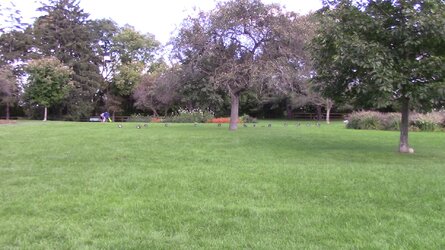


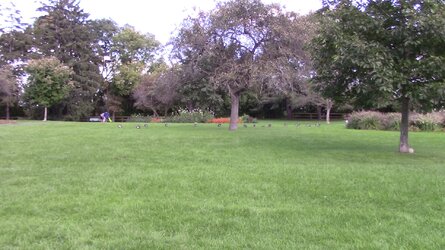
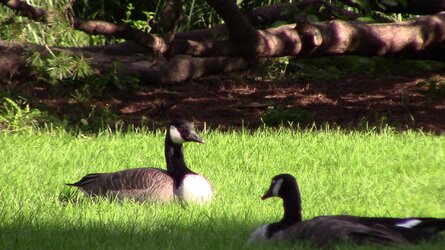
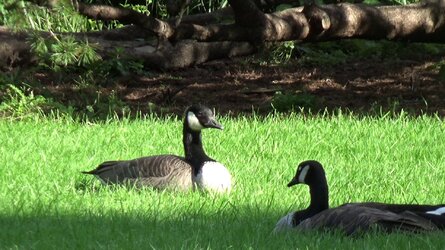
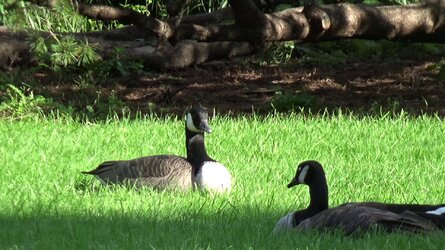

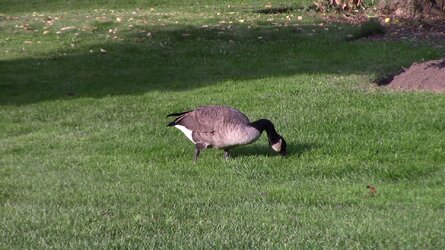
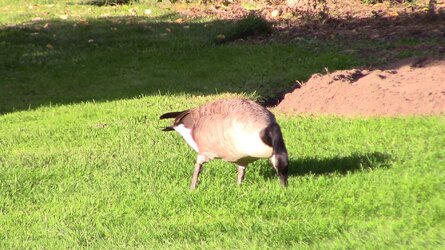

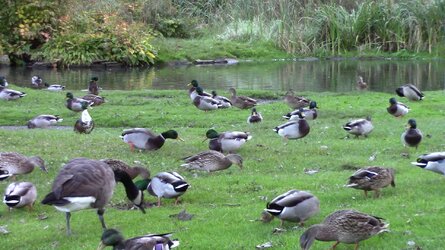
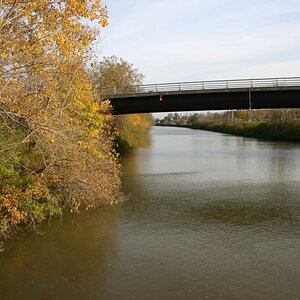
![[No title]](/data/xfmg/thumbnail/37/37605-90c8efaef5b7d1f52d4bf8e7dfd33673.jpg?1619738148)
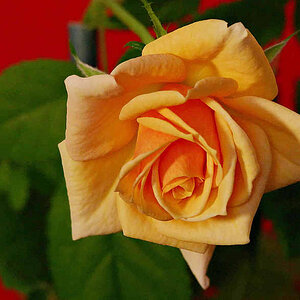
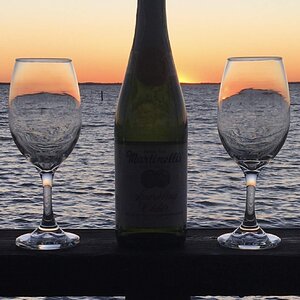
![[No title]](/data/xfmg/thumbnail/41/41493-60071420f928565170996b4edc3de2f0.jpg?1619739820)

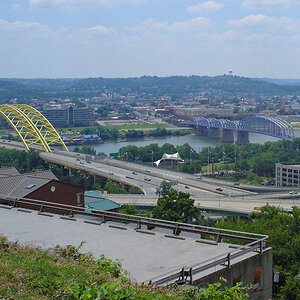
![[No title]](/data/xfmg/thumbnail/42/42482-3d0e794a92737ca7ecbc8125874457aa.jpg?1619740195)
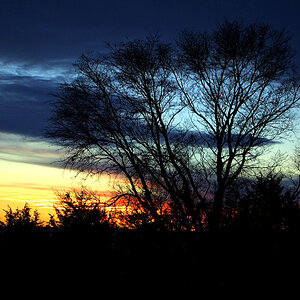
![[No title]](/data/xfmg/thumbnail/38/38741-89a8c6f9d841889783a4fae2b8c40902.jpg?1619738704)
![[No title]](/data/xfmg/thumbnail/37/37602-1ef8dbb1c2d0e4ff347ee65d328c3603.jpg?1619738147)
